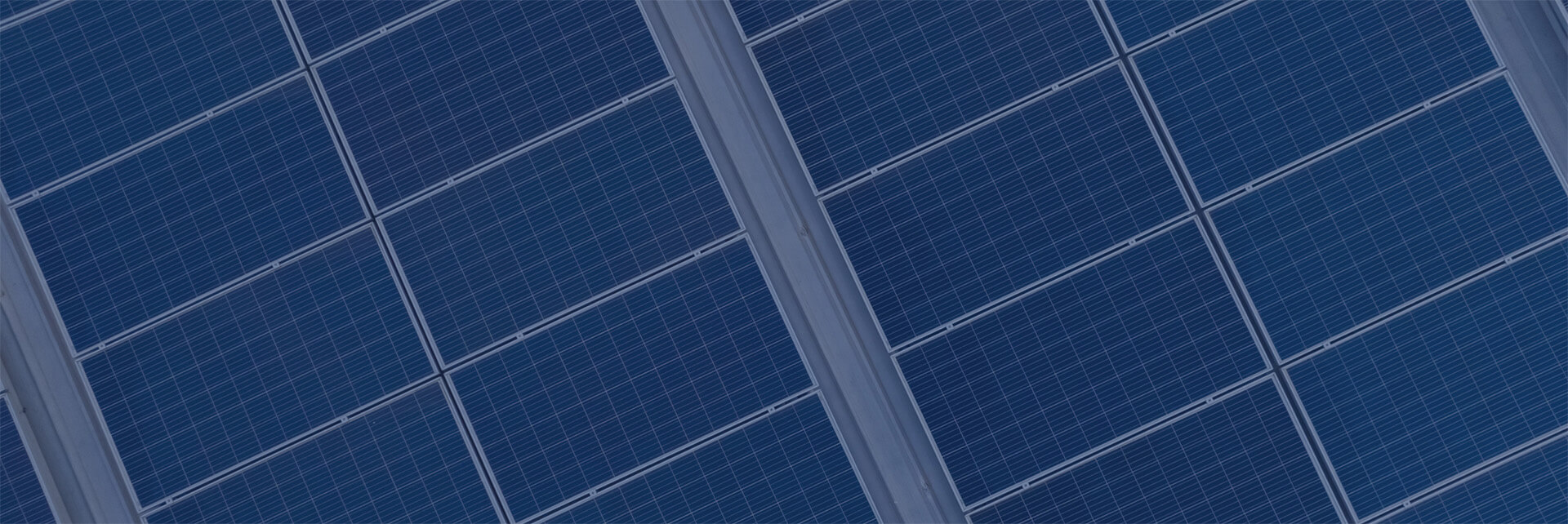A ‘net metered’ solar energy system will generate electricity from the sun and inject that energy into your home, displacing energy consumed from the utility (ie Hydro One). Excess energy can flow to the grid, in which case your utility account will generate a credit for use in a future month. When a system displaces 100% of your consumed energy (on an annual average) it’s called ‘net zero’ because your average annual consumption from the grid will be zero. A system can be designed based on your consumption, available mounting space (roof or ground mounts), or budget.
To give you a sense of scale: a typical home consumes between 20kWh/day and 50kWh/day. Let’s choose a number roughly in the middle: 30kW/day as an example. A net metered solar energy system designed to displace 30kWh/day will cost about $30k+HST (roof mounted) and require about 800sq ft of roof space (assuming suitable orientation, tilt, and solar access). The same system ground mounted would add about $15,000+HST, depending on the site details.
The generated electricity will be used first by your home; excess will travel backwards through your electricity meter. 100% of your generated electricity (up to your total annual consumption) will be used to offset electricity bills. Up to 100% of the volumetric charges can be displaced. At this time that includes 100% of the cost of energy and a portion of the delivery charges. The exact proportion depends on your account type and typical consumption. At this time the basic flat rate delivery fee (the portion that cannot be displaced) ranges from about $30/month to $80/month, depending on your utility and account type. Our net metered system, on our office in Peterborough, displaces more than 100% of our annual electricity consumption. Our bills are about $40/month, which is the current fixed delivery charge.
Note that a straight net metered solar energy system does *not* provide any backup power during a grid outage. The net metered solar equipment requires a working grid; if the grid goes down, your net metered solar energy system will stop working also. If you require backup power, you’ll need a net metered system that includes batteries.
Here’s a sample net metering bill from Hydro One. This is just a sample. You can see the charges for electricity used (page 4) and credits for electricity generated (page 5). If you have a different utility, your net meter bill may be very different.
And, as of April 2024, you can specify the billing method for your account even with net metering. This means you can earn solar credits at the On-Peak rate and apply them against all consumption, including mid- and off-peak consumption. Here’s a sample bill for net metered TOU billing.
